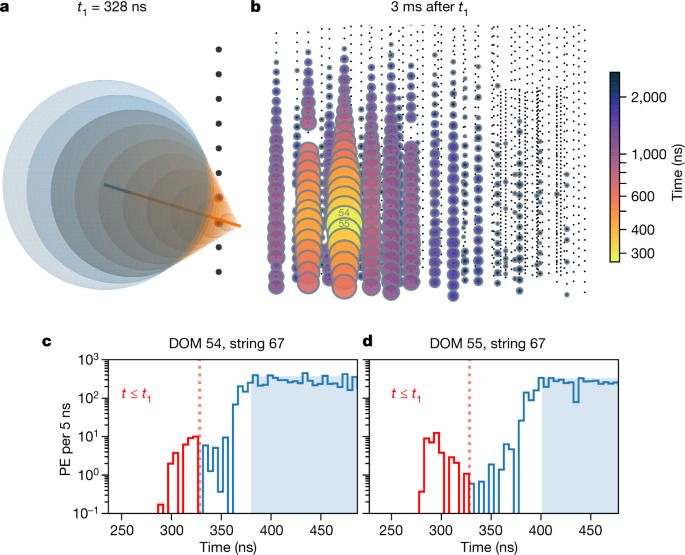These robots have nailed bottle-flipping, proving not even internet challenges are safe from automation.



A fundamental decision on a new station would be made by the end of this year, he said.
Rogozin said that current negotiations with NASA on the future of the ISS were “shallow”. He speculated that ISS’s life cycle would be repeatedly prolonged not by several years, but by one year. Also, he said it might be possible to extend the service life not of the whole station, but of its individual modules.
“On the sidelines of the April 9 launch we plan to hold technical consultations with NASA,” Rogozin said, adding there was a possibility of configuring the Lunar orbital platform Gateway for its possible docking with Russia’s new generation spacecraft Oryol.

Hungarian mathematician László Lovász and Israeli computer scientist Avi Wigderson will share the prize, worth 7.5 million Norwegian kroner (US$886000), “for their foundational contributions to theoretical computer science and discrete mathematics, and their leading role in shaping them into central fields of modern mathematics”, the Norwegian Academy of Science and Letters announced on 17 March.
The work of winners László Lovász and Avi Wigderson underpins applications from Internet security to the study of networks.

Restructuring the way perovskite solar cells are designed can boost their efficiency and increase their deployment in buildings and beyond, according to researchers with the National Renewable Energy Laboratory (NREL).
Perovskite photovoltaic (PV) cells are made of layers of materials sandwiched together, with the top and bottom layers key to converting sunlight to electricity. The new architecture for the cells increases the area exposed to the sun by putting the metal contact layers side-by-side on the back of the cell.
“Taking the materials on top away means you are going to have a higher theoretical efficiency because your perovskite is absorbing more of the sun,” said Lance Wheeler, a NREL scientist and lead author of a new paper, “Complementary interface formation toward high-efficiency all-back-contact perovskite solar cells.”


The bitcoin market now exceeds $1 trillion with its price rising tenfold in a year, but focus is shifting towards the massive power requirements needed to sustain the online currency.
Here are some questions and answers about bitcoin:



A new AI model that harnesses the power of the world’s fastest supercomputer, Fugaku, can rapidly predict tsunami flooding in coastal areas before the tsunami reaches land.
The development of the new technology was announced as part of a joint project between the International Research Institute of Disaster Science (IREDeS) at Tohoku University, the Earthquake Research Institute at the University of Tokyo, and Fujitsu Laboratories.
The 2011 Great East Japan Earthquake and subsequent tsunami highlighted the shortcomings in disaster mitigation and the need to utilize information for efficient and safe evacuations.
